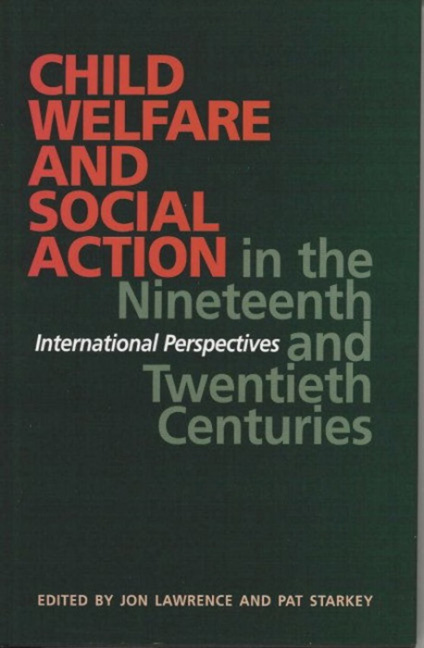Book contents
- Frontmatter
- Contents
- Acknowledgements
- Introduction: Child Welfare and Social Action
- I Gender and ‘Delinquency’
- 1 Deserting Daughters: Runaways and the Red-Light District of Montreal before 1945
- 2 ‘Just Trying to be Men’? Violence, Girls and their Social Worlds
- II Child Emigration
- III Rethinking Philanthropy
- IV ‘Welfare States’ and Child Welfare
- Notes on Contributors
- Index
1 - Deserting Daughters: Runaways and the Red-Light District of Montreal before 1945
from I - Gender and ‘Delinquency’
- Frontmatter
- Contents
- Acknowledgements
- Introduction: Child Welfare and Social Action
- I Gender and ‘Delinquency’
- 1 Deserting Daughters: Runaways and the Red-Light District of Montreal before 1945
- 2 ‘Just Trying to be Men’? Violence, Girls and their Social Worlds
- II Child Emigration
- III Rethinking Philanthropy
- IV ‘Welfare States’ and Child Welfare
- Notes on Contributors
- Index
Summary
In the middle of an April night in 1924, Germaine C. slipped out of her family home through an open window. Across Montreal she travelled to meet her boyfriend at 188 Boulevard St Laurent where they rented a room as ‘husband and wife’. Not two months earlier, Alice M. also deserted her home, to escape the physical abuse of her father. While on the run she and a girlfriend similarly rented a room at 188 Boulevard St Laurent. Both girls were caught, hauled into the Juvenile Delinquents’ Court (Cour des jeunes délinquants) and punished.
This chapter is about girls who ran away from home and were subsequently caught in the web of the emergent juvenile justice system in early twentieth-century Montreal. The juxtaposition of the above two cases suggests that a range of reasons caused girls to desert their family homes; it also hints at the potentially central role played by the social geography of the city – not to mention the reputation of certain streets such as Boulevard St Laurent – in girls’ desertions. The intention of this study is to reveal the significance of girls’ desertions by shedding light on their experiences on the streets of Montreal and reviewing the competing discourses generated to explain why girls left home without permission.
Since the late nineteenth century, disappearing daughters had commanded considerable popular attention in Montreal due to widespread fears about international rings of prostitution and the existence of white slavers in the city. Prostitution and fallen womanhood appeared to be emblematic of the vulnerability of all young women in modern industrialised cities. The panic over missing girls led to the creation of laws and protective social agencies to safeguard female chastity and regulate the social lives of young, single women. In the early twentieth century, however, the archetypal deserting daughter shifted from defenceless victim to sex delinquent. Sex delinquents, or ‘problem’ girls, willingly ventured into the city's commercial amusement arenas and wilfully pushed boundaries of acceptable social and sexual behaviour. A major target of the modern juvenile justice movement – the sex delinquent – could be found daily in the nation's new juvenile courts.
- Type
- Chapter
- Information
- Publisher: Liverpool University PressPrint publication year: 2001

